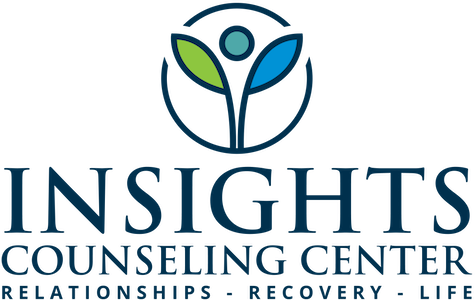Introduction to Schema Therapy: A Relational Approach to Deep Change
Have you ever found yourself stuck in the same emotional loop, even when you know better? Maybe you recognize the pattern—people-pleasing, withdrawing, overreacting, or blaming—but no matter how much insight you gain, something deeper keeps pulling you back into old roles. That’s where schema therapy can help.
Schema Therapy is an integrative, evidence-based approach that helps people understand and heal the longstanding patterns that keep them feeling stuck. These patterns, called schemas, are formed early in life—shaped by childhood experiences, unmet emotional needs, and the ways we learned to adapt in order to stay safe, connected, or accepted. But while those adaptations may have served us then, they often become rigid or extreme in adulthood, creating distress in our relationships, our self-worth, and even our bodies.
At its heart, schema therapy is about healing at the root. It helps you make sense of why certain situations hit so hard and why others barely register. It brings clarity to your emotional responses, makes space for your unmet needs, and offers a practical roadmap to grow beyond survival patterns. And unlike more cognitive models that focus only on changing thoughts, schema therapy integrates emotion, imagery, body awareness, and the therapeutic relationship itself to create lasting change.
What Are Schemas?
Schemas are core beliefs and emotional memories that form our “blueprint” for how we relate to ourselves, others, and the world. They’re not just thoughts—they’re deeply felt truths that shape how we interpret and respond to life. For example, if someone carries a schema of “I’m not good enough,” they may feel unworthy of love, overcompensate with perfectionism, or choose partners who reinforce that belief—even if they logically know they are competent and lovable.
Schemas develop in response to unmet needs such as safety, attunement, emotional expression, healthy boundaries, or stable guidance. Some common schema categories include:
Abandonment (“People always leave me.”)
Mistrust/Abuse (“I will get hurt if I rely on others.”)
Defectiveness/Shame (“If people really knew me, they’d reject me.”)
Failure (“I’ll never measure up.”)
Emotional Deprivation (“No one truly understands or nurtures me.”)
Schema therapy helps you identify the schemas that are active in your life and connect them to the experiences that shaped them—not to blame the past, but to begin healing from it.
Modes: How You Cope and React
Schema therapy also works with modes—the moment-to-moment emotional states and coping parts of you that show up in response to stress or vulnerability. For example, your “Angry Protector” might lash out when someone gets too close. Your “Detached Self-Soother” might shut down and scroll endlessly instead of feeling pain. Or your “Vulnerable Child” might carry deep sadness or fear from past experiences.
Understanding your modes is key to creating compassionate change. You’ll learn how to:
Recognize which part of you is activated
Validate and care for your most vulnerable self
Set boundaries with critical or avoidant parts
Strengthen the wise, healthy part of you that can take the lead
Schema therapy isn’t about eliminating these parts—it’s about helping them find better roles so that your life isn’t run by old pain or outdated defenses.
“When you recognize your schemas, you can stop living on autopilot and start living with intention.”
Why a Relational Approach Matters
One of the most powerful tools in schema therapy is the therapeutic relationship itself. When early relationships created wounds, it makes sense that new, attuned relationships help us heal. That’s why schema therapy pays close attention to the bond between therapist and client. Through a process called limited reparenting, the therapist offers connection, support, and boundaries that may not have been available growing up.
This isn’t just “talk therapy.” It’s experiential, emotional, and often transformative. It’s a space where your needs are named and honored, where your younger self is no longer silenced or shamed, and where new relational templates begin to form.
Who Can Benefit from Schema Therapy?
Schema therapy can be helpful for individuals who struggle with:
Deep-seated self-criticism or shame
Relationship conflict or repetitive patterns
Emotional dysregulation or impulsivity
Identity confusion or people-pleasing
Longstanding depression or anxiety
Childhood trauma or emotional neglect
Personality disorders, especially borderline or avoidant traits
If you’ve tried therapy before and felt like you understood the “why” but still couldn’t change the “how,” schema therapy may offer a new path forward.
You Deserve Deep, Lasting Change
You don’t have to keep looping through the same struggles alone. Schema therapy offers a compassionate, structured way to heal the parts of you that have been trying to cope the only way they knew how. It’s not about quick fixes—it’s about transformation that lasts.
If you’re ready to explore how schema therapy could support your healing, we’d be honored to walk with you. Schedule a session to begin your journey toward deeper understanding, connection, and change.

